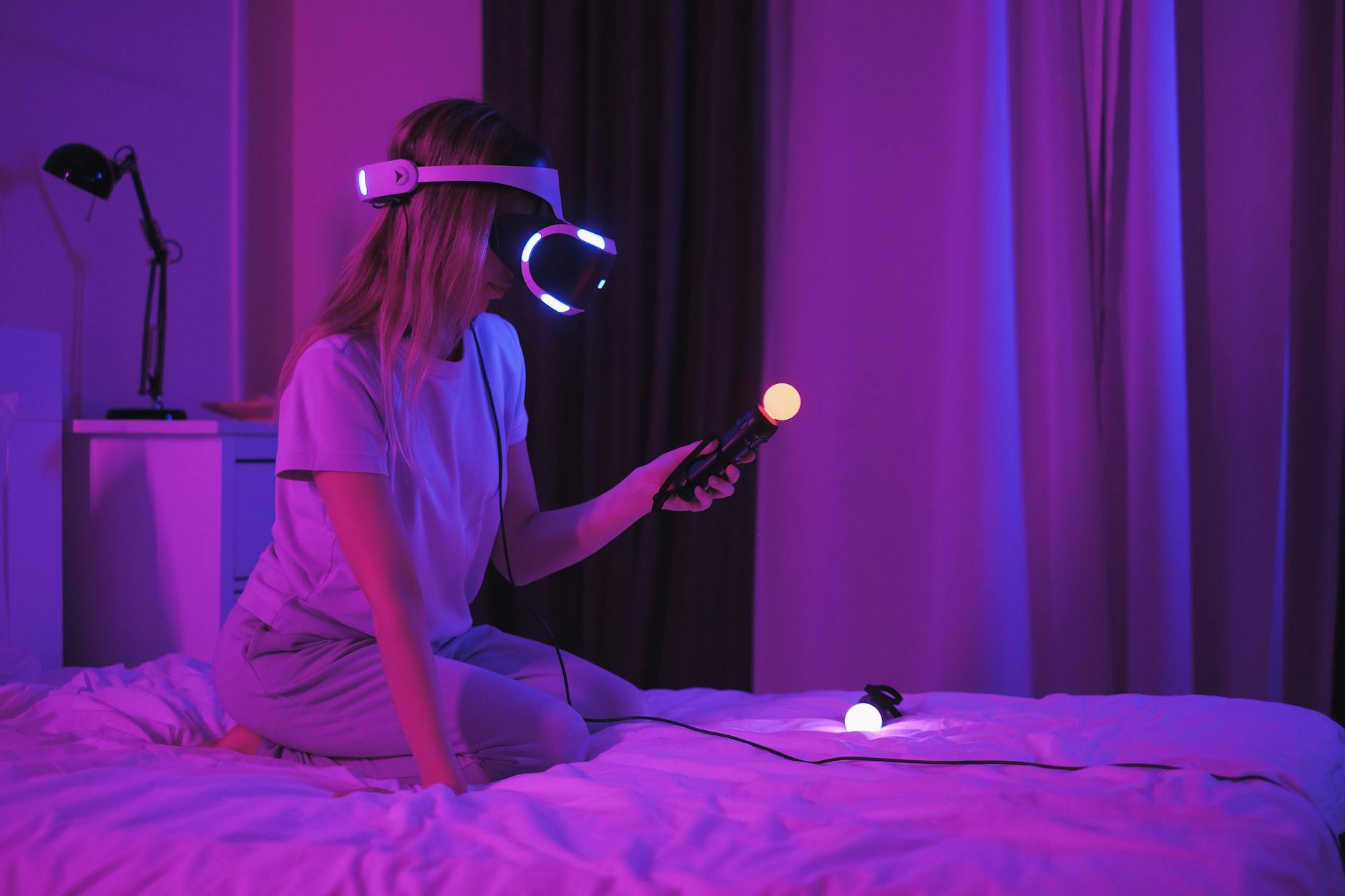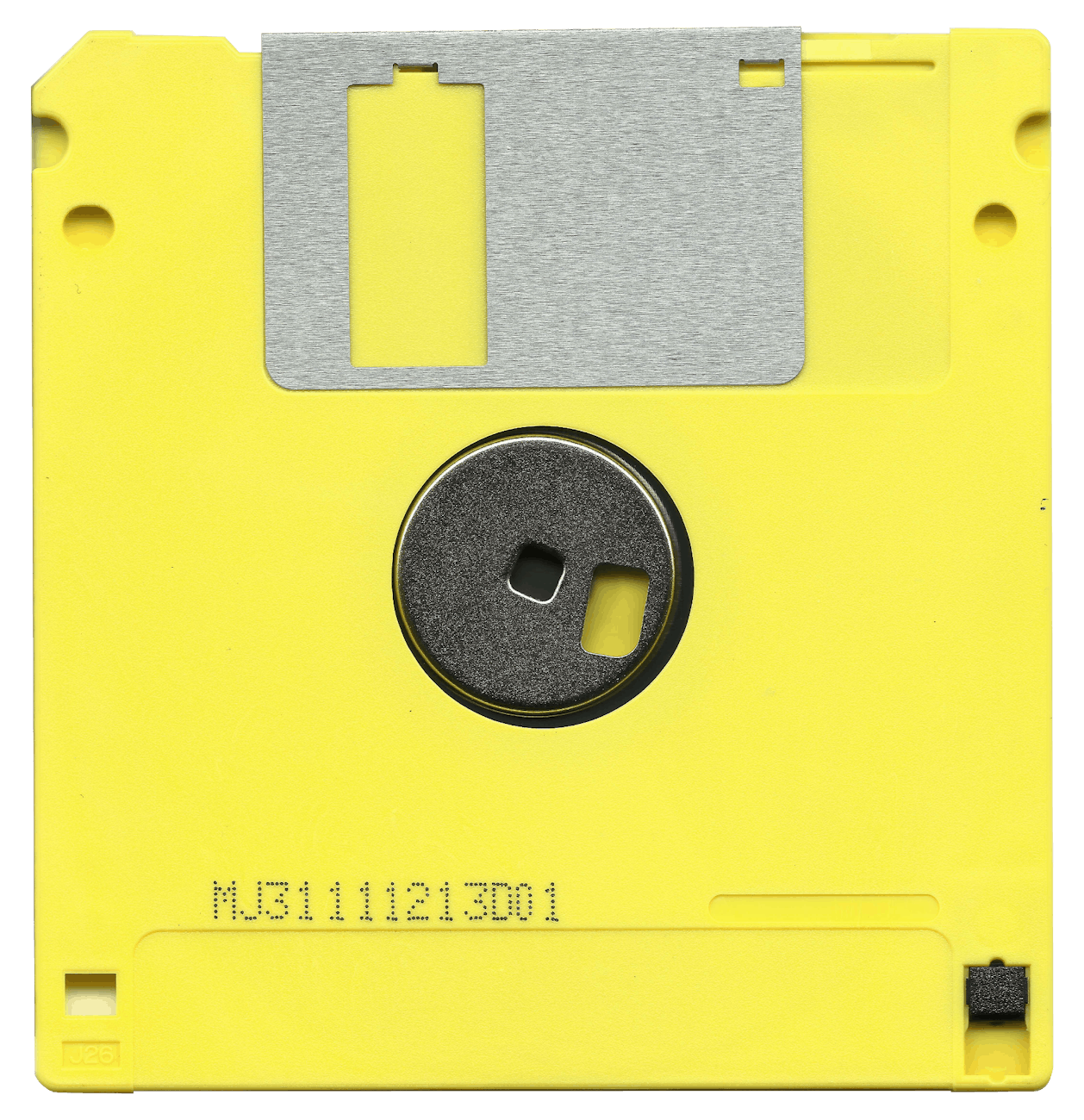We have two 3D printers from five years ago and they were definitely cranky but showed the potential. Back then it was really at the start, we backed two Kickstarter projects and ended up with two Delta printers. The first was just a mass of piece parts without any instructions. Alex was incredible and assembled it anyway and actually made parts. Then we got one that was fully assembled called the Flux. The key idea was that you could replace the head and have laser cutters and just about everything else.
In practice, it was super cranky software. It used wifi to connect to the computer. What a mistake that was. And it would crash all the time.
Now scroll forward to 2020 and the world has really matured. You can now buy a $150 3D printer and play around. Heck, even Monoprice has one.
The biggest choice you can make is between a filament printer (aka Fused Deposition Modeling or FDM or Fused Filament Fabrication or FFF), this takes a plastic wire (filament), the head melts it and then it deposits it in layers the way you would apply a layer cake to it. These are inexpensive and fast and great for larger pieces.
The next step up is a stereolithographic SLA printer. This is completely different, there is liquid resin and the base goes up and down, then there is a thin layer, a UV laser turns on and this causes the resin to harden. This is great for ultra-high-precision small parts.
Of course, as Bob, would say, if you are serious, you would want both kinds of printers (who wouldn’t!). If you are a beginner, then get a simpler filament printer.
And a Tom’s Guide and PC Magazine explains you can good a great printer at every price range
- Monoprice Voxel. For $400, you get a very decent printer that is reliable.
- Ultimaker 3. This costs a fortune but is very reliable and detailed. It’s the perfect thing for the enthusiast who just wants something that works. It’s $3,500 so a breathtaking amount, but what you get is precision, speed, and simple operation. If you want a bigger one, then the Ultimaker 5 costs more and can make larger parts. It’s relatively slower, but the print quality is higher. Or if you want to bump up to $4K, then the Ultimaker S3 is dual feed, so you don’t have to worry about running out of filament and starting all over.
- Formlabs Form 3. This costs $3,500 but you also need a $600 washing and $600 curing system for a total of $5,000. Kind of incredibly expensive, so only if you are really committed to the hobby or a small batch manufacturer. This is a resin printer that uses SLA to deposit, then you use a wash of isopropyl alcohol and then you heat it to cure it. So pretty involved, but the detail is incredible. It actually uses something called low force stereolithography.
The second consideration is being to use lots of different filaments and resins because they all use different characteristics. The common filament types are acrylonitrile butadiene styrene (ABS) melts at a high temperature, is more flexible but emits fumes and needs a heated print bed. Polylactic acid (PLA) is stiffer and looks smoother but is more brittle. There are many other materials lie high-impact polystyrene (HIPS), polyviny alcohol (PVA), polyethylene terephthalate (PETT) and a host of others.
All3D is a dedicated publication with even more reviews and categories.For instance for resin has similar ratings with a few more added:
- Form 3. They like this one as the best resin printer.
- Original Pruska i3 MK3S. This is a hobbyist loved product for $1K as a filament printer.
- Ultimaker S5. As mentioned above, this is a dual head and bigger brother to the Ultimaker 3. Also if you want to work 24/7 in a production system, the Ultimaker S5 Pro has an air handler than filters out the particles and a holding system with six filament reels. Pretty cool for small-batch manufacturing
In terms of where to buy it, Amazon doesn’t have much selection, but dedicated sites like Dynamism and






